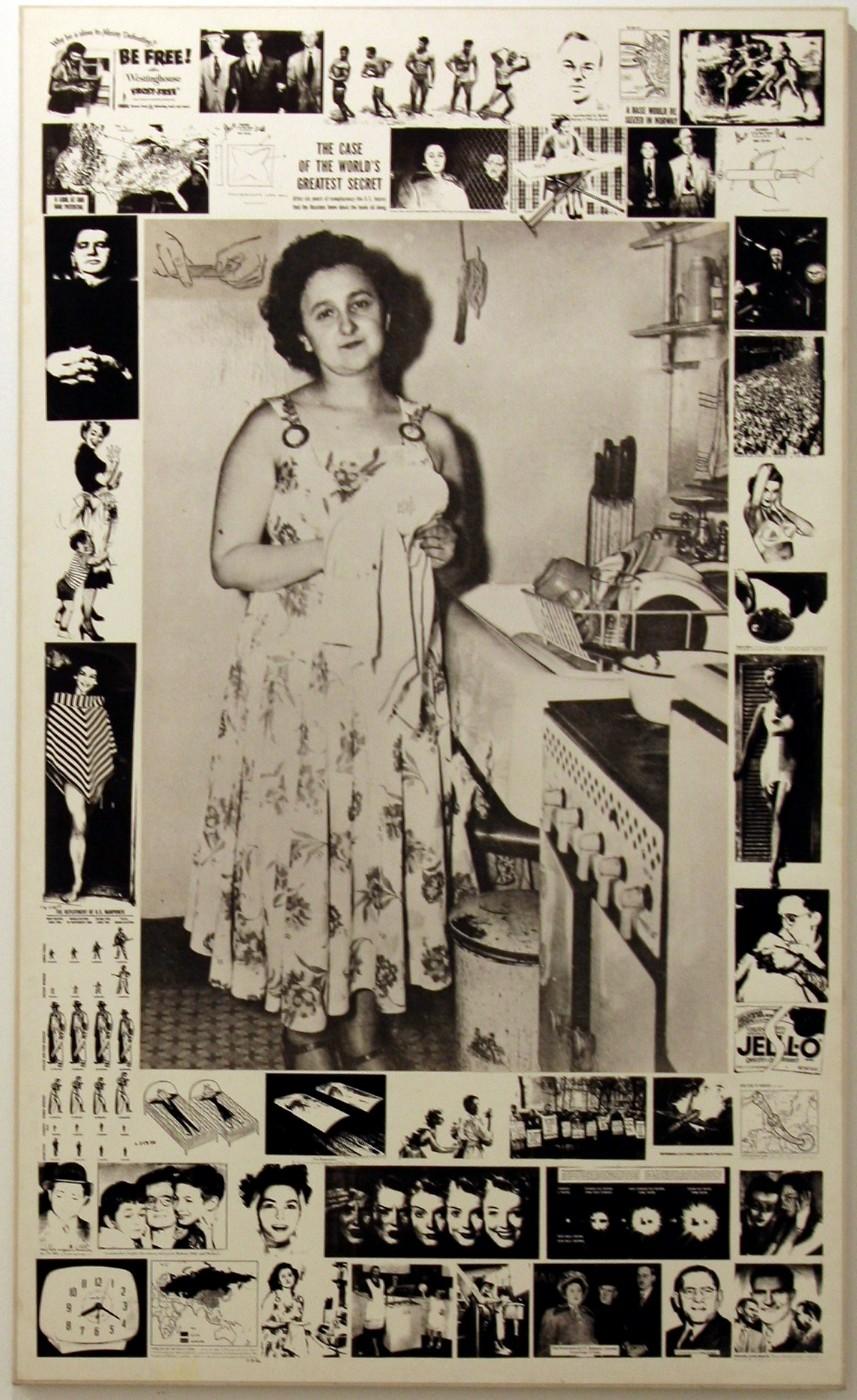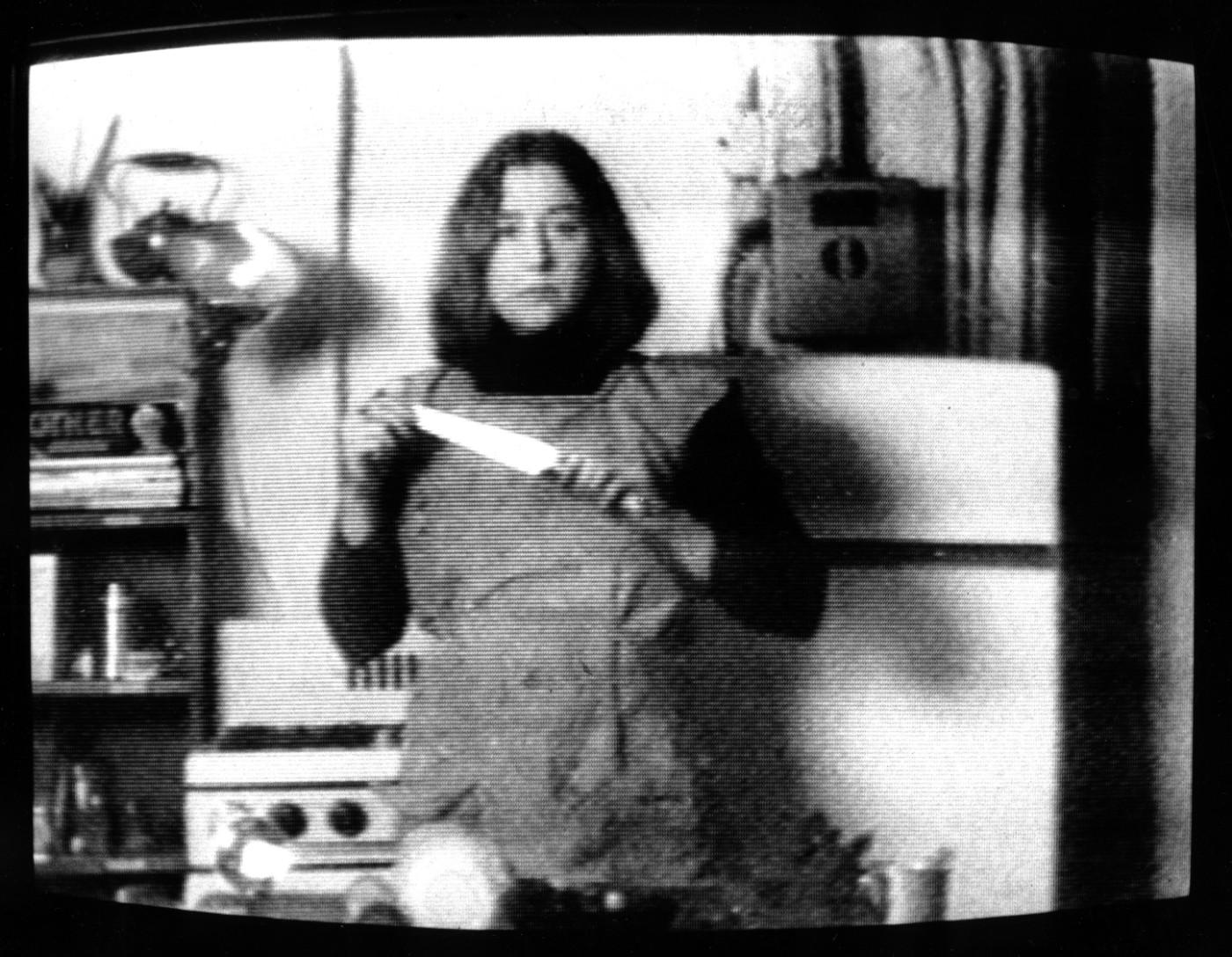Martha Rosler: Irrespective showcases both well-known and rarely seen selections from more than five decades of work. Installations, photographic series, sculpture, and video represent a practice continually evolving and reacting to the shifting contours of political life. Throughout, Rosler’s work has been characterized by intellectual rigor and sharp wit, along with a sense of urgency directed at social and political issues that remain as relevant and immediate as when they first emerged.
Born and raised in Brooklyn, New York, and a graduate of Brooklyn College and the University of California, San Diego, Rosler began work as an artist in the 1960s, the era of the civil rights, antiwar, and women’s movements, as well as a time of great changes in modes of artistic production. Rosler has traced her interests not only to her coming of age during this time of political ferment, but also to the ethical grounding instilled in her by the religious education she received as a child. Though she started as an abstract painter, she soon turned to photography and montage, motivated by an interest in representational forms and inspired by the strategies of Dada and Pop art in the use of readily available commercial materials and imagery.
“Martha Rosler believes that art should teach, provoke, and motivate,” says Darsie Alexander, Susan and Elihu Rose Chief Curator at The Jewish Museum. “From her early photomontages to her pioneering feminist videos and her current work interrogating gentrification and income inequality, Rosler’s art is a call to action.”
The exhibition is organized in approximate chronological order. The first gallery features Rosler’s groundbreaking antiwar works, House Beautiful: Bringing the War Home (c. 1967-72), which combine mass media images of the Vietnam War with alluring domestic interiors found in home decorating magazines. The Vietnam War galvanized Rosler, and her determination to make eye-catching although wordless fliers to distribute at antiwar demonstrations was the impetus for such works. These photomontages skewer gender stereotypes while simultaneously critiquing war and the superficiality of the contemporary American Dream. In 2003, with the invasions of Iraq and Afghanistan, Rosler resumed the production of antiwar montages. By the next year she had returned to the cut-and-paste strategies of the 1960s, once again juxtaposing images of war with pictures of lavish interiors, lush gardens, and stylishly clothed models.




























